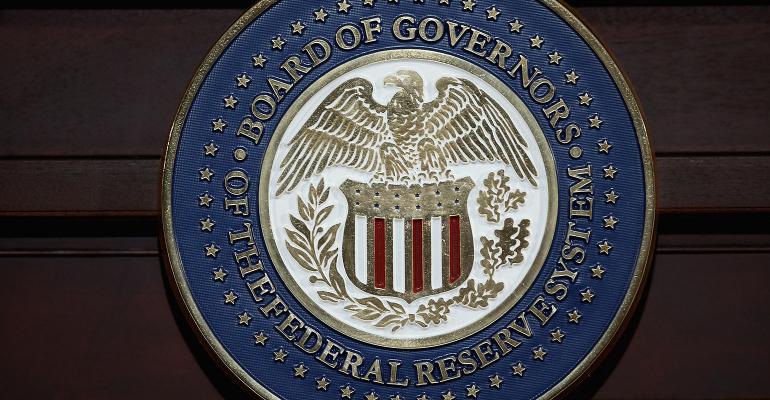By Lonny S. Greenberg
Emotion and impatience are the average investor’s nemesis. And that makes a shifting market and ever changing political climate dangerous waters. As the U.S. and the rest of the world sat patiently in anticipation of the Federal Reserve’s March interest rate decision, investors were months into the effects of rising interest rates. The decision to raise rates did not surprise anyone, but now investors are left worrying about if there will be another rate raise this year (or how many), and the necessary investment strategy shifts in a new environment that is dangerously uncharted territory for most. While the Fed has only just embarked on this rate climb and pushed the markets into a new economic cycle, most average Americans, perhaps unknowingly, are already feeling the impact.
What is the real concern for investors? Surprisingly, it is not whether the Fed raises rates or not. The real concern for investors is inflation. The bond market was already seeing a sell-off, and therefore higher yields, merely in anticipation of Janet Yellen’s announcement. Yes, we will most likely see another interest rate raise out of the Fed this year — in fact, probably more than once — but what really drives both Janet Yellen and the bond market is inflation. Inflation data is published monthly and market participants have their eyes keenly focused on it. Anticipating that inflation is one of the primary goals of the Fed, so they raise rates. This then gets passed on to the consumer in the form of higher mortgage and other lending rates, which rise in mere anticipation of the Fed increase. Consumers with money in the bank are not necessarily protected in an inflation-driven environment. As such, investors should avoid the risk of variable-rate vehicles, rather seeking to add fixed-rate vehicles.
Interestingly, despite the knowledge that rates will continue to rise, many consumers are still being sold traditional, individual bonds — with maturities out past 2025 — by brokers or bankers who collect commissions, even as bond prices continue to drop. There are two primary causes for the investors continuing to lock up money in instruments that are returning meager amounts: a false sense of fear and a false sense of security that the interest rate environment of the past few decades will repeat itself. But buyer beware: this is not your mother’s or father’s bond market. For investors and investment professionals alike, this is a new market — something many haven’t seen in their careers or even lifetime — and it isn’t ending any time soon. Interest rates today are the lowest they have been in more than 30 years without a significant rise. We are left at a low with nowhere to go but up.
That rock bottom interest rate environment presents a legitimate threat to purchasing power that many investors will be unaware of. My consistent advice to clients is to maintain a long-term focus and ignore the white noise, but that assumes thoughtful planning from the start. Consumers will find themselves in hot water if they stay with inferior investment products. Many believe it to be safe to ride out poorly constructed bond portfolios, thinking they’ll simply hold to maturity, collect income and leave unaffected. However, such portfolios were not created with a long-term, economic awareness, and owners could end up in a situation that leaves them locked into a 2.5 percent interest rate, while over time, savings accounts pay over 3 percent and inflation floats up around 5 percent. Now, they have lost purchasing power.
However, there are ways to avoid that and strategies we can use to capitalize on this market. To take advantage of rising interest rates and to build a successful long-term strategy, investors would be wise to expand their portfolios’ horizons. Right now, items like reinsurance, alternative lending, short-term high yield, floating-rate and private REITs are attractive for yield. In the near term, rates have actually come down despite the Fed raising interest rates. This emphasizes the need to keep your eyes focused on a plan. There will be misleading moments of uncertainty, with bond market yields dropping at times, but rising rates are undoubtedly the long-term trend. With this and a long-term focus in mind, investors have the opportunity to capitalize on a changing market sentiment.
The U.S. economy and bond market are entering a new era. The saturation of market-related and political news is distracting many from some important underlying issues in the economy. The shifting environment underscores the importance of pairing investors with trusted advisors. Hopefully, strong fiduciary-focused advisors are doing their part to help the masses avoid undercurrents many may be underestimating. It is wise to be thoughtful about investment decisions, be flexible and stay the course.
Lonny S. Greenberg is a Certified Financial Planner and is Senior Advisor with Singer Xenos Wealth Management in Miami.




